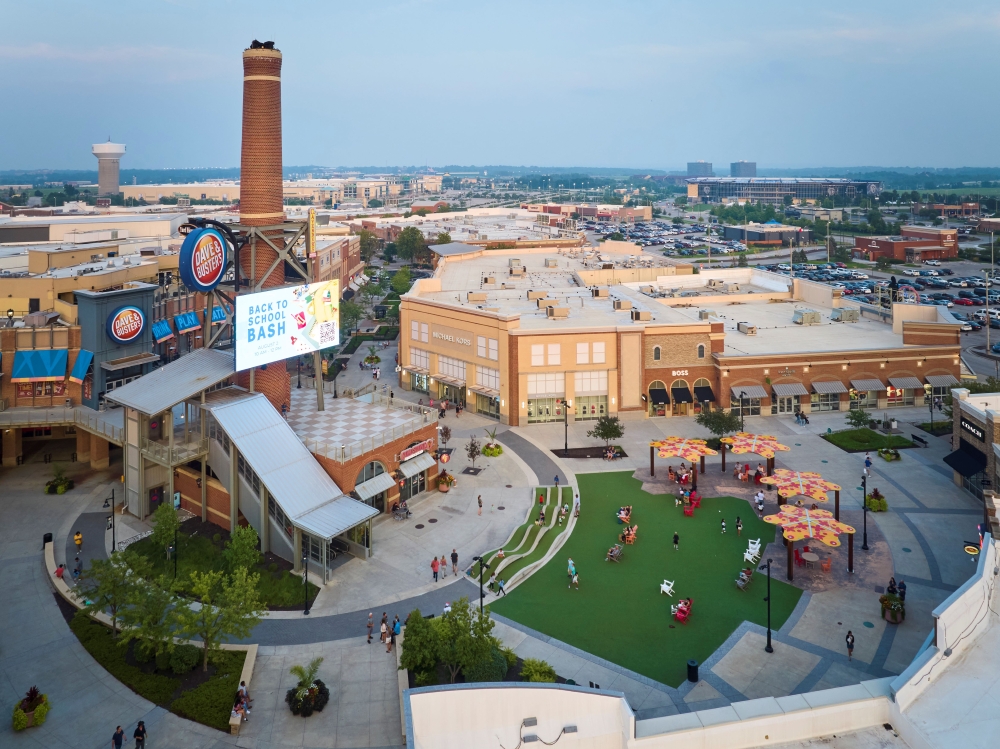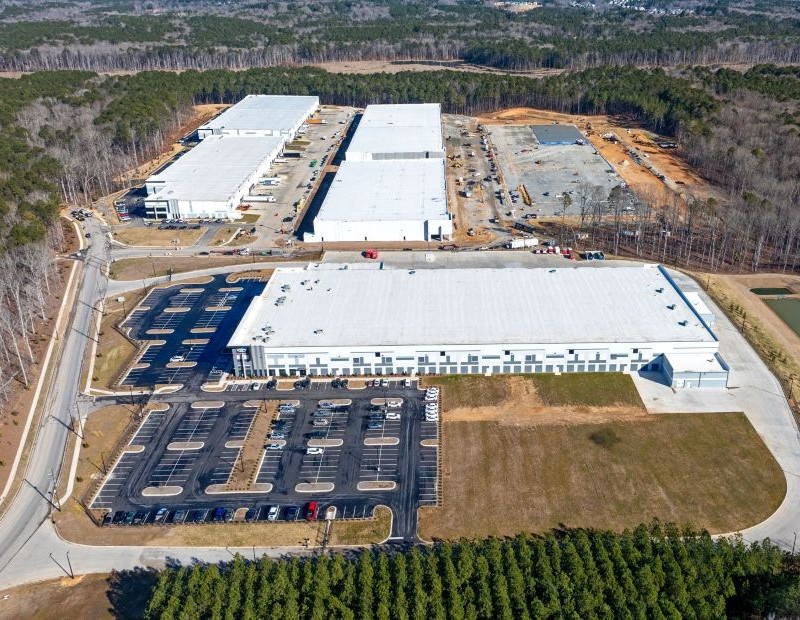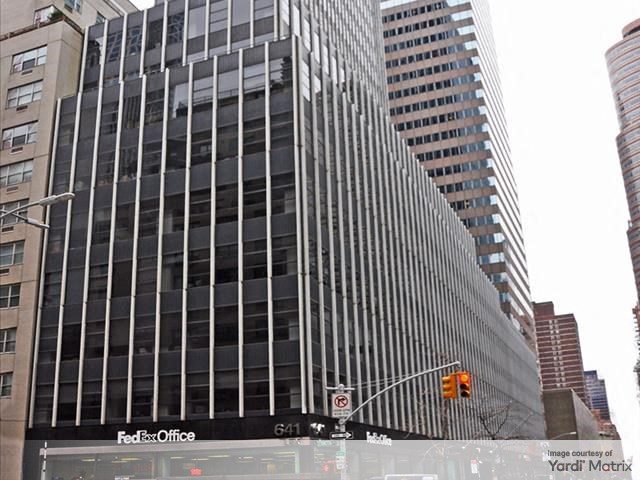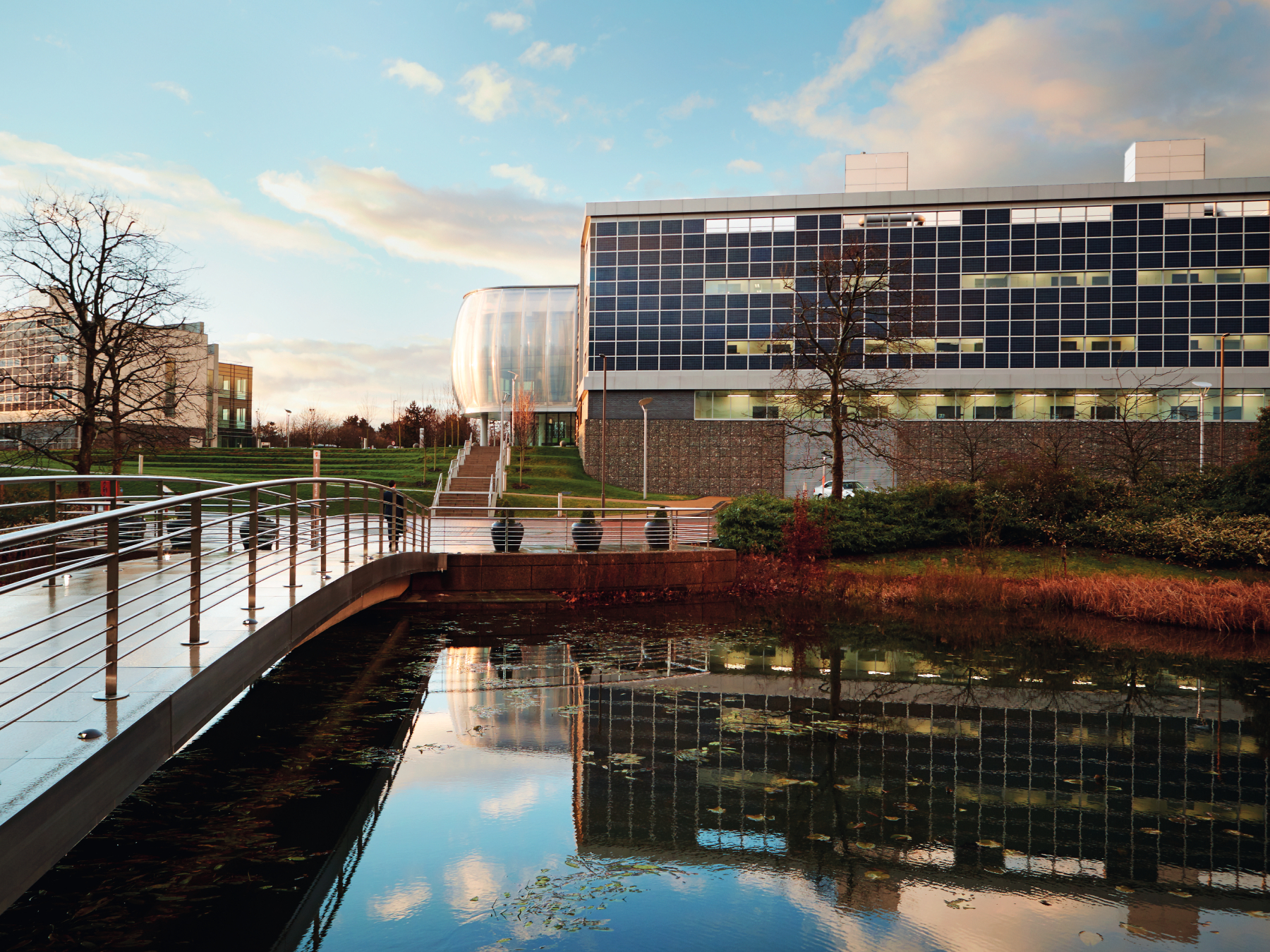These Cities Are Tops for STEM Job Growth
Newcomers as well as perennial leaders are featured in the annual ranking from RCLCO and CapRidge Partners.
Denver, Seattle, Austin, Texas, San Francisco and Washington, D.C., lead the list of metros with the most momentum for STEM job growth, according to the 2021 STEM Job Growth Index from RCLCO Real Estate Consulting, released Monday.
Those five are followed by San Jose, Calif., Raleigh, N.C., Boston, Portland, Ore., and Salt Lake City.
READ ALSO: Design Billings Keep Climbing: AIA
Annually since 2016 and in partnership with CapRidge Partners, RCLCO has worked to identify which U.S. metro areas have the best outlooks for STEM job expansion. The study is a useful roadmap for office investors, and perhaps especially for the R&D and life science niches.
Moving up from the No. 3 spot last year, Denver reached the top spot based on “strong economic tailwinds, workforce quality and quality of life,” after a steady climb in the rankings since 2018. Austin was buoyed by news of a major Tesla headquarters relocation.
Newcomers in the top 20 metros include Washington, D.C., Boston, Minneapolis, Baltimore, San Diego and Houston. Detroit, Phoenix, Indianapolis, Tampa, Fla., Las Vegas and San Antonio have faded from the top 20, though RCLCO notes that they will likely continue to see a strong growth.
Similarly, cities that have strong Millennial in-migration, such as Orlando, Fla., and Nashville, Tenn., will likely remain in the top 20.
The STEMdex methodology includes such factors as population growth, industry-specific growth, workforce quality and educational levels, cost of living and business climate, adding up to 24 factors in all.
Drilling in a little
Projections released by the Bureau of Labor Statistics in September forecast higher-than-average employment growth, particularly for STEM jobs, over the next 10 years.
The STEMdex report notes that STEM jobs feature both higher-than-average wages ($89,780 vs. $40,020) and employment rates that are on average more resistant to economic shocks. Unemployment in STEM jobs peaked at 9 percent in 2020, against 16 percent for non-STEM jobs. These strengths “have significant implications for both economic development and real estate,” RCLCO says.
“While it remains far too early to fully assess how the COVID-19 pandemic and any current or future variants will continue to impact our daily lives, another year of data has given us increased confidence in the growth prospects for STEM jobs, particularly in the regions highlighted by the 2021 STEMdex,” Gregg Logan, managing director of RCLCO, said in a prepared statement.
Read the full report by RCLCO.








You must be logged in to post a comment.